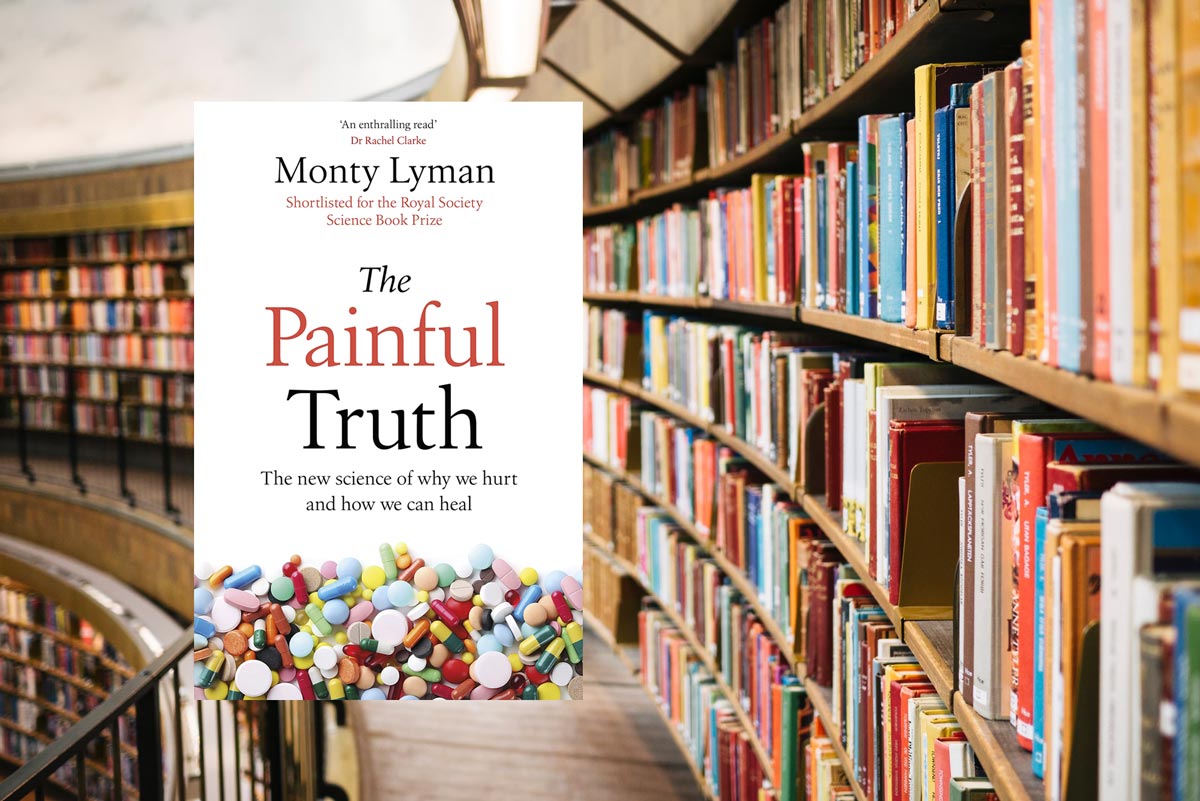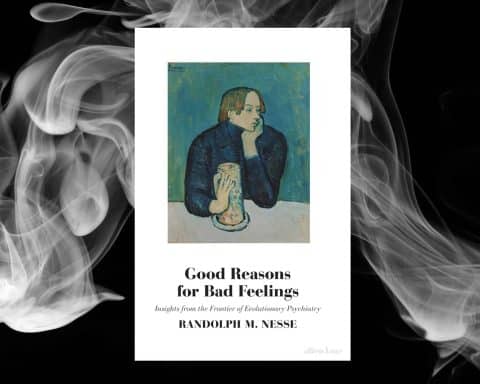
Monty Lyman is a British doctor and The Painful Truth is his second book, released in 2021. It provides excellent explanations of persistent pain and the research around it. It has already changed how I consult patients presenting with pain in general practice.
The book begins with an engaging narrative about how medicine has come to understand the neuroscience of pain. This was a helpful reminder of something not studied in detail since medical school. It starts with Descartes’ theory of pain: the painful stimulus pulling on nerve fibres (like a bell) to alert the brain to tissue damage so that the brain can withdraw the body from the painful stimulus.
It is now clear that pain can be a poor marker of tissue damage, especially in persistent pain. Pain can be understood to be created by the brain and is affected by many other psychosocial influences. The gate-control theory of pain (Melzack and Wall) furthered our understanding that pain can be mediated before reaching the perception of the brain.
In most cases of persistent pain, the brain has become overprotective and is no longer detecting tissue damage.
Lyman explains how pain is a ‘guardian angel’ and a protector — it tries to stop harm coming to the body. But it is not always a reliable indicator of damage. In most cases of persistent pain, the brain has become overprotective and is no longer detecting tissue damage.
Lyman uses a personal experience of pain to explain how the brain acts as ‘The Ministry of Defence’: the senses of the body acting as ‘civil servants’, reporting back to the brain, to assess the potentially painful situation at a mostly unconscious level. ‘The Ministry’ uses visual information, emotions, nociceptors (‘danger’ sensors in the peripheries), and memories of previous similar experiences to decide whether the experience is painful. It helped me to understand why the perception of pain can vary between people and within the same person at different times.
The book describes medical anomalies that help us to understand how pain is perceived. Studying these cases offer opportunities to further our understanding of ‘normal’ pain experiences and inspire research into new therapies and medications. He describes a family in Pakistan with congenital algesia who have no ability to feel pain. They incur frequent injuries without realising and usually die in their teens as the lack of pain fails to alert them to injury.
Lyman then moves on to describe evidence-based treatments for persistent pain. He reports studies looking at distraction with virtual reality and how we can apply some simple techniques to distract patients in the consultation room. Use of language is important, and it can change how pain develops at the time of initial injury. He also describes how hypnotherapy helped him to overcome the pain he felt from irritable bowel syndrome. There are helpful explanations of how cognitive behavioural therapy for pain, mindfulness, and acceptance and commitment therapy can work.
Use of language is important, and it can change how pain develops at the time of initial injury.
The book sets out how pain is interpreted within the meaning we apply to it. For instance, we can all recall situations where we are able to cope with pain if there is a clear goal or reward to work towards, for example, childbirth or training for a marathon. Where there is a high feeling or threat or danger, pain will be increased.
Depression, anxiety, and loneliness can also worsen the pain felt by someone and increase the chance of short-term pain becoming persistent. Lyman proposes that as humans are social, being socially excluded can increase the feelings of danger at an unconscious level. Synchronous activities can be helpful, such as choirs, team sports, and shared craft activities. These can all lead to a sense of purpose and hope that can reduce the severity of persistent pain.
The Painful Truth helped me to understand that pain is a protector but that in persistent pain, the sensation of pain has become overprotective. The brain becomes rewired to ‘feel’ pain more often that it needs to. But there is the possibility that it can also be re-wired. I found it helpful that Lyman suggests that doctors should view persistent pain as a neurological condition rather than either a sign of tissue damage or of depression. I think this book is helpful reading for all working in general practice.
Featured book: Monty Lyman, The Painful Truth: The New Science of Why We Hurt and How We Can Heal, London: Penguin, 2022, £8.19, 978-1529176506.
Featured photo by Susan Q Yin on Unsplash.








